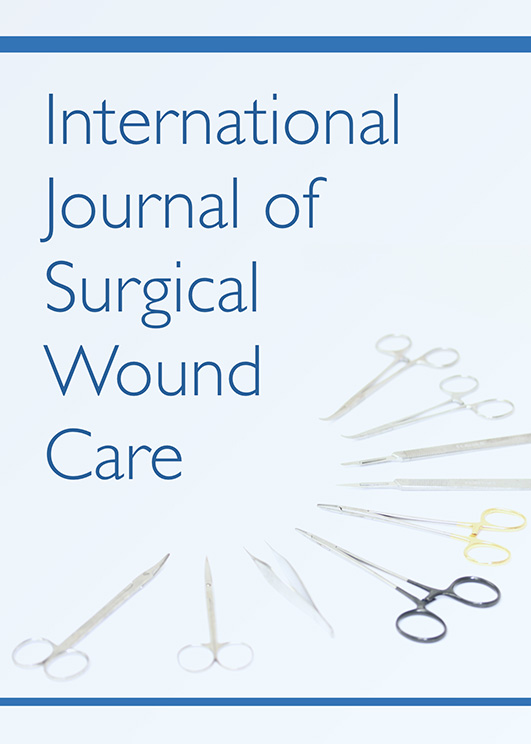3 巻, 2 号
選択された号の論文の8件中1~8を表示しています
- |<
- <
- 1
- >
- >|
Original Articles
-
2022 年 3 巻 2 号 p. 28-32
発行日: 2022年
公開日: 2022/06/01
PDF形式でダウンロード (2118K) -
2022 年 3 巻 2 号 p. 33-36
発行日: 2022年
公開日: 2022/06/01
PDF形式でダウンロード (2014K) -
2022 年 3 巻 2 号 p. 37-45
発行日: 2022年
公開日: 2022/06/01
PDF形式でダウンロード (5487K)
Case Reports
-
2022 年 3 巻 2 号 p. 46-49
発行日: 2022年
公開日: 2022/06/01
PDF形式でダウンロード (2454K) -
2022 年 3 巻 2 号 p. 50-54
発行日: 2022年
公開日: 2022/06/01
PDF形式でダウンロード (4293K) -
2022 年 3 巻 2 号 p. 55-58
発行日: 2022年
公開日: 2022/06/01
PDF形式でダウンロード (3783K) -
2022 年 3 巻 2 号 p. 59-65
発行日: 2022年
公開日: 2022/06/01
PDF形式でダウンロード (5619K) -
2022 年 3 巻 2 号 p. 66-73
発行日: 2022年
公開日: 2022/06/01
PDF形式でダウンロード (7333K)
- |<
- <
- 1
- >
- >|
